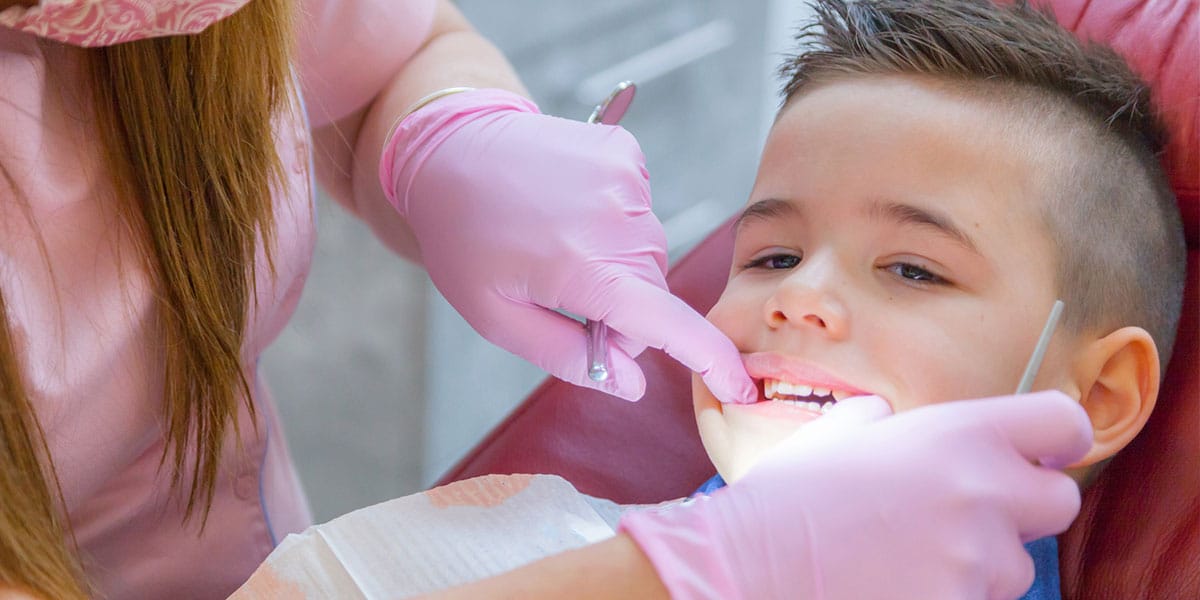Early Intervention Treatment

The American Association of Orthodontists recommends that every child see an orthodontist by age 7.
In some cases, an orthodontic concern may require an earlier orthodontic consultation. Around age 7, the first adult molars typically erupt, helping to define a patient’s back bite and allowing the orthodontist to more effectively evaluate the bite. Treatment at this age may not be necessary, but orthodontic monitoring can help anticipate the ideal timeline for the most effective treatment and also help to prevent more serious problems in the future.
Some results of effective early treatment:
- Reducing the need for tooth removal
- Creating space for crowded, erupting teeth
- Reducing the risk of injury to protruding front teeth
- Preserving needed space for permanent teeth
- Reducing future orthodontic treatment time
The philosophy of early orthodontic intervention is to correct an orthodontic problem when it is interfering with growth and development. By correcting the problem early, we create a normal framework for the child to grow to his or her optimum genetic potential.
During the diagnosis, we consider dental and jaw alignments, airway constrictions, growth potential, growth direction, and facial form. With early treatment, the extraction of permanent teeth is quite rare and headgear is very rarely used. The approach of early intervention is to create an environment to maximize a corrective growth pattern.
Phase I Treatment
Often, preparation of the teeth is necessary before braces can be considered. Phase I treatment usually takes places between the ages of 7-11 and can involve appliances that create space in the mouth and correct bite problems while growth is still occurring. This stage is generally completed early, while patients still have mixed dentition (baby teeth and adult teeth).
Phase II / Adolescent Treatment
Phase II typically occurs during adolescence because around ages 11-13 is when most patients have lost all of their deciduous (baby) teeth and their permanent teeth have, for the most part, come in. Because rapid growth occurs during adolescence, it is easier to treat orthodontic problems.



